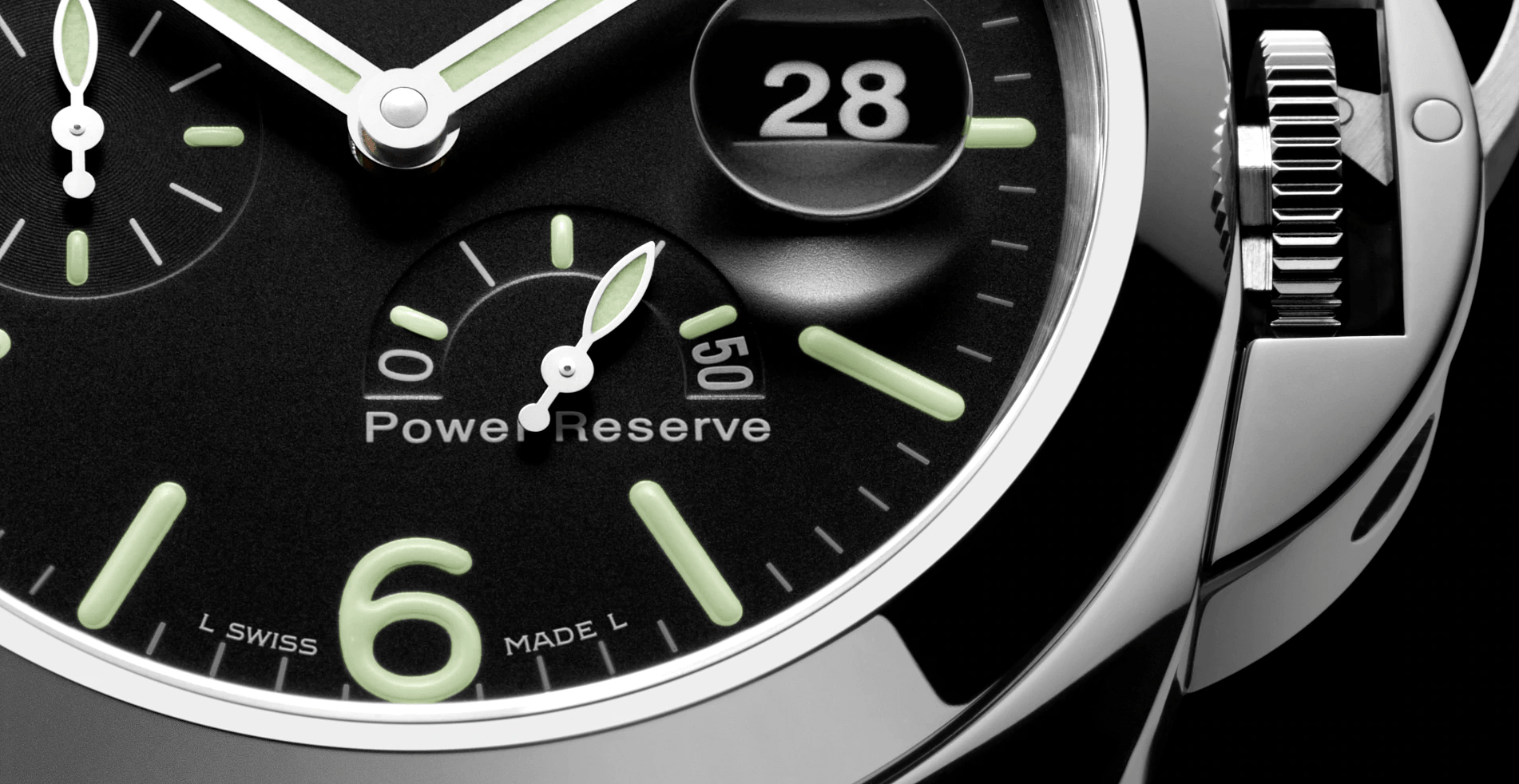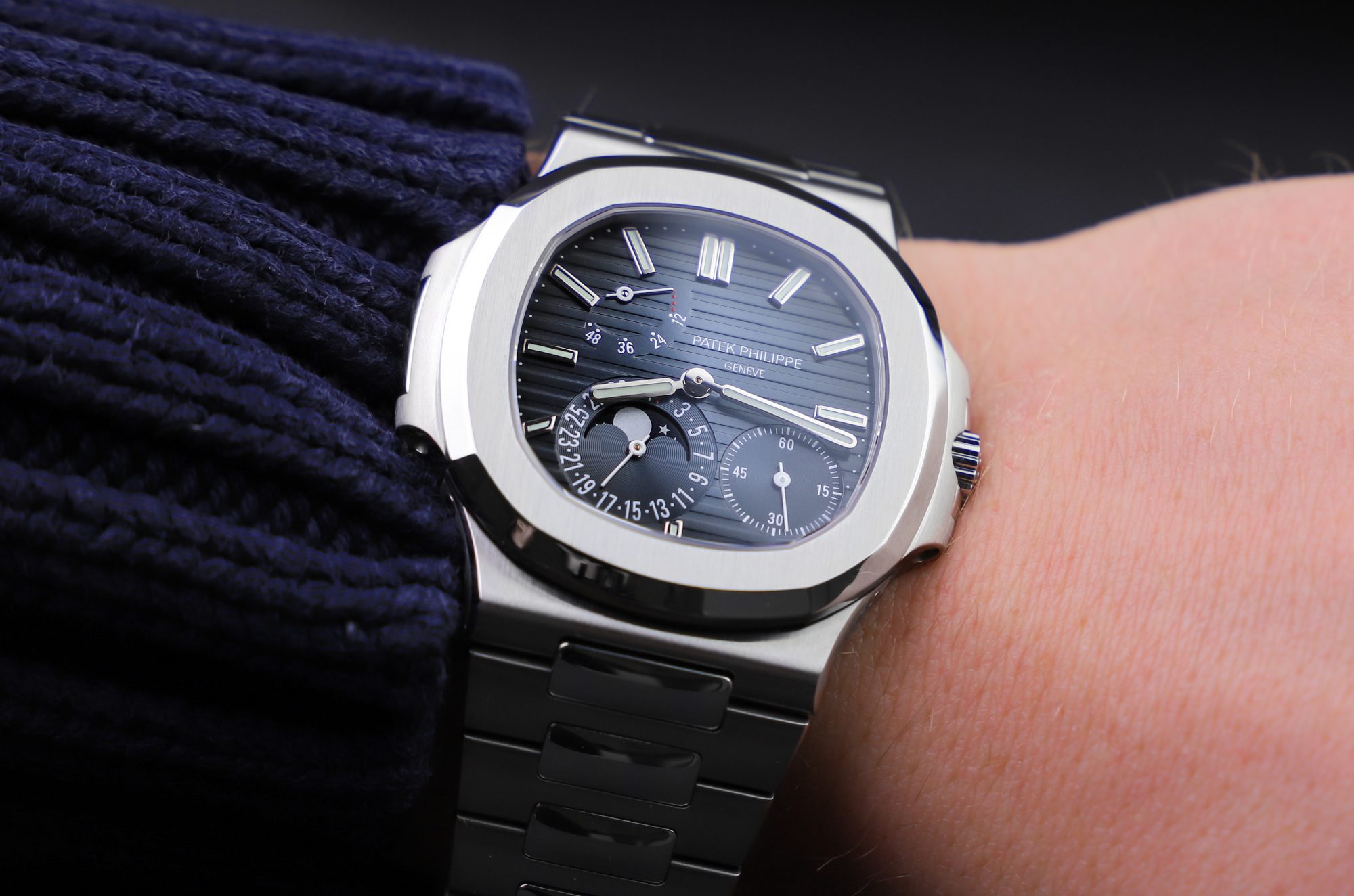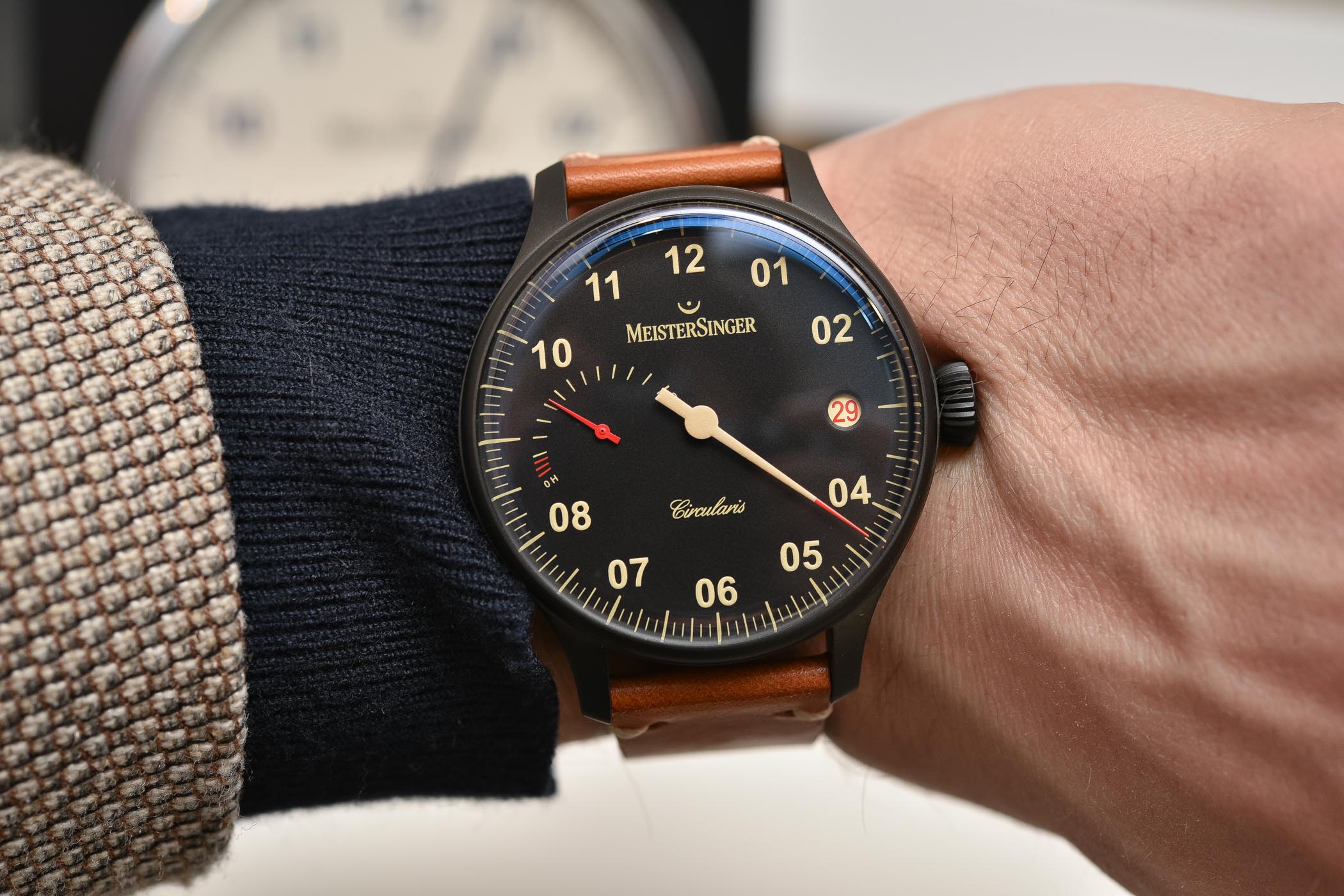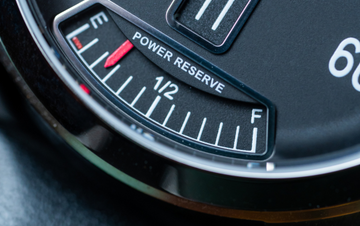When people look at fancy watches, they often talk about the most complex parts, like the tiny spinning cages or the chiming features. These parts are amazing, but they aren't used every day. There is one feature that helps you much more: the power reserve indicator.
Think of it as the simple fuel gauge for your watch. It’s not just a cool feature; it gives you important information to keep your watch running smoothly. It’s a practical friend, always there to tell you how much power is left. We will look at how this indicator is carefully set up when the watch is made and how it is tested to make sure it is always correct.
What is Power Reserve?

Power reserve is simply the stored energy inside your watch’s mainspring. This spring is the tiny engine that runs everything. When you wind your watch, you tighten the spring. When you wear an automatic watch, your movement winds it. As the spring slowly unwinds, it releases energy to move the gears and keep the time. Most automatic watches run for 38 to 80 hours. Some special models can run for 3 to 10 days.
Why Accuracy Matters: Knowing your remaining power stops your watch from dying suddenly. If it stops, you have to reset the time and date. Also, a watch runs best when it is well-wound, so keeping the spring tight helps keep the time accurate.
How the Indicator Works

The power reserve indicator is a clever feature that shows the mainspring’s tension on the dial.
The Inner Workings
The system connects directly to the mainspring. As the spring winds up or down, it moves a small hand across a numbered scale. In simple designs, a few gears make this connection happen. More expensive watches often use a differential system. This clever setup constantly calculates the exact difference between a full spring and its current power level, giving you a very precise reading.
Watchmakers call this "réserve de marche" (French for power reserve).
Why Owners Need This Feature
The power indicator is highly valued because it is so useful every day. It stops the headache of picking up a watch that has unexpectedly stopped. It encourages you to keep your watch wound, which keeps the time more consistent.
It can also act as an early warning for problems. If the indicator seems very wrong, the watch might need service. For collectors, it helps you know which watch needs winding before you wear it. Plus, it just looks great, adding a cool, technical detail to the watch face.
Calibration: Setting the Starting and Stopping Points

Making the indicator accurate is a detailed job done by the watchmaker:
-
Find "Full": First, the watch is wound all the way up. This sets the starting point for maximum power.
-
Set the Hand: The watchmaker carefully moves the indicator hand to the highest mark on the dial.
-
Measure the Run: The watch is placed on a machine and allowed to run until it stops. The exact running time is recorded.
-
Adjust the Gears: If the hand doesn't hit "Empty" the moment the watch stops, the watchmaker fine-tunes the tiny gears that move the hand. The goal is for the hand to perfectly match the power level.
This whole process is repeated until the reading is reliable. For the best brands, they aim for accuracy within just a few minutes.
The Lab Test: Making Sure It Lasts
After the watch is put together, automatic movements go to a special lab for tough testing:
The watches are tested in stable rooms with controlled temperature and moisture. Special machines are used to shake the watch, copying the movement of a human arm. This makes sure the watch gets a full wind.
Then, the watch is taken off the machine and allowed to run until it dies. The actual running time is compared to what the indicator read. The test is even repeated with the watch in different positions (like face up or on its side) because gravity can slightly change how long the watch runs. The final step is confirming the indicator is completely trustworthy.
How is Power Reserve Tested in an Automatic Watch?

The power reserve of an automatic watch tells you how long it will keep running once it is fully wound and then left untouched. Testing this is a controlled process, usually done in a watch laboratory or a brand’s testing facility.
Step 1: Fully winding the movement
The first step is to make sure the watch is fully wound. In the lab, this is usually done by turning the crown a set number of times or by using a mechanical winder until the mainspring is completely charged.
Step 2: Synchronizing the watch
The watch is then set to a known reference time so that the exact moment it stops can be recorded.
Step 3: Leaving the watch to run
Once fully wound, the watch is placed on a stable surface under controlled conditions. The lab will usually keep it at a constant room temperature and in a fixed position to remove outside influences such as wrist movement, shocks, or temperature changes.
Step 4: Recording the stopping point
The watch is left to run until the movement stops. The time from the start to the moment it stops is measured carefully, often using a time-recording device or manual checks at intervals.
Step 5: Comparing with specifications
Finally, the measured time is compared with the manufacturer’s stated power reserve. For example, if the brand claims 70 hours, the lab checks whether the watch stopped close to that mark.
This process gives an accurate figure for the true power reserve under ideal conditions. It is worth noting that in real life, results may vary depending on how much you move your wrist, the age of the movement, or whether the watch is kept running daily.
Why Real-World Results May Change

Even with all the careful work, the indicator's accuracy can change due to real-life situations:
Tiny differences in oil or gear parts can change how the watch uses power. For automatic watches, your daily life matters. Someone who sits at a desk all day will not wind their watch as much as someone who moves around a lot.
In older watches, the oil dries up over time, which naturally lowers the power reserve. Watchmakers also explain that the listed power reserve is a maximum from a perfect lab test, so your personal result might be a little different based on your daily activities.
Conclusion
The power reserve indicator is a hidden star. It brings together practical use and elegant design. It works like a reliable friend, quietly telling you about your watch's energy and health. The careful work during its making and the tough testing in the lab show how serious the watch industry is about precision.
For anyone who owns a fine timepiece, the power reserve indicator is a great feature, it offers peace of mind, makes your life easier, and helps you feel more connected to the amazing machine on your wrist.
Your Next Power Reserve Watch is Here: Argos Olympus
Ready to add this essential and practical feature to your wrist?
You don't need a luxury budget to enjoy high-quality mechanics. Argos offers a fantastic range of automatic and manual watches with power reserve indicators, blending reliable engineering with great value.
Click here to explore our latest collection of watches featuring the Power Reserve Indicator, find the perfect timepiece that stays powered up and keeps you on time every time!

